sharpening angle guide
What is a Sharpening Angle Guide?
A sharpening angle guide is a tool designed to assist in maintaining a consistent angle between a knife blade and a sharpening stone. It ensures a more precise and even edge, simplifying the sharpening process. These tools are helpful for achieving a razor-sharp result.
Definition and Purpose
A sharpening angle guide is a device used to maintain the correct angle between a knife’s edge and a sharpening stone during the sharpening process. Its primary purpose is to ensure consistent sharpening angles, which is critical for achieving and maintaining a sharp, durable, and effective cutting edge on various blades. This leads to more efficient and safer use of knives.

Types of Sharpening Angle Guides
Sharpening angle guides come in various forms, including clip-on, magnetic, and fixed-angle designs. Each type offers a different approach to achieving consistent sharpening angles, catering to diverse user preferences.
Clip-on Guides
Clip-on guides attach directly to the spine of the knife, providing a stable reference point for maintaining the desired sharpening angle. These guides are often made from materials like plastic or ceramic, designed to glide smoothly along the whetstone. They are simple to use and suitable for various blade sizes, offering an effective solution for consistent sharpening.
Magnetic Guides
Magnetic guides utilize a magnetic base to attach to the sharpening stone, providing a secure and stable platform for consistent sharpening. These guides often feature multiple angle options, enhancing their versatility. They are particularly useful for stones made of ferrous metal, ensuring the guide stays firmly in place. This design allows for precise sharpening with minimal slippage, aiding in achieving a professional edge.
Fixed Angle Guides
Fixed angle guides are designed with a specific, unchangeable sharpening angle, typically set for common blade types. These guides offer simplicity, making them ideal for beginners who want a consistent edge without the need to adjust the angle. Though less flexible, they ensure that the knife’s edge is sharpened at the correct angle every time. They are straightforward to use and reliable for achieving consistent results.
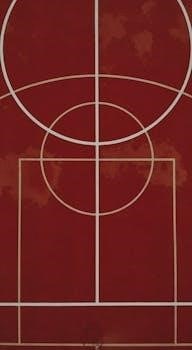
Common Sharpening Angles
Sharpening angles vary depending on the knife’s purpose. Common angles include 15-16 degrees for fine blades and 20-25 degrees for more robust edges. These angles are essential for optimal performance and edge durability.
15-16 Degrees
A 15 to 16-degree sharpening angle is often used for Japanese-style knives and other blades requiring a very fine and delicate edge. This angle creates an extremely sharp edge, ideal for precision cutting and slicing tasks. However, it’s important to note that edges sharpened at this angle may be more prone to damage with heavy use or chopping.
20-25 Degrees
The 20 to 25-degree angle range is commonly used for Western-style kitchen knives, pocket knives, and fixed blades meant for tougher tasks. This wider angle offers a balance between sharpness and durability, making it suitable for a variety of kitchen work and heavy use. This angle is less prone to chipping or damage compared to more acute angles.
Other Angles
While 15-16 and 20-25 degrees are common, other angles exist to suit specific needs. Some specialized knives, like cleavers, may use wider angles for robustness. Japanese knives can sometimes utilize angles as low as 10 to 15 degrees. Experimenting with different angles can help you discover what works best for your specific blades and applications, though a balance between sharpness and durability should be considered.

Materials of Angle Guides
Sharpening angle guides are commonly made from steel for durability, plastic for affordability, or ceramic for smooth gliding. Each material offers a different balance of robustness and functionality during the sharpening process.
Steel
Steel angle guides are known for their heavy-duty construction and longevity. These robust tools can withstand years of use, providing a reliable and consistent sharpening experience. They are often favored by those who prioritize durability and prefer a solid, substantial feel when sharpening knives; Steel guides are typically more resistant to wear and tear.
Plastic
Plastic sharpening angle guides offer a lighter and often more affordable alternative to steel. They are generally more economical and can be found in a variety of designs and colors. While they may not be as durable as steel guides, plastic options are still suitable for many users and provide a functional way to maintain consistent sharpening angles. They are also easier to clean.
Ceramic
Ceramic sharpening angle guides are known for their smooth, non-abrasive surface. This material allows for a gentle glide across sharpening stones, reducing the risk of scratching or damage. Ceramic guides are durable and can maintain their shape well over time. They also offer a good balance of precision and ease of use, making them a popular choice for many users who want to keep their knives sharp and in good condition.
How to Use a Sharpening Angle Guide
To use a sharpening angle guide, securely attach it to the knife’s spine. Maintain consistent contact with the stone while sharpening, moving the blade along the guide. This action will create a consistent edge angle.
Proper Placement
Proper placement of a sharpening angle guide is crucial for effective use. The guide should be securely attached to the spine of the knife, ensuring it sits flush and doesn’t wobble. This precise positioning helps maintain the correct angle during the sharpening process, leading to a consistent and sharp edge. Make sure that the guide is stable before you begin sharpening.
Maintaining Contact
Maintaining consistent contact between the sharpening angle guide, the knife, and the sharpening stone is essential. The guide should glide smoothly across the stone’s surface, ensuring the knife edge stays at the desired angle. This consistent contact helps to evenly sharpen the blade and prevents uneven edges. Proper technique and a steady hand are key to this.
Benefits of Using an Angle Guide
Using an angle guide provides consistent results, improves precision in sharpening, and is particularly helpful for beginners. These tools make achieving a sharp, even edge easier and more reliable.
Consistency
Angle guides ensure each sharpening stroke maintains the same angle, leading to a consistently sharp edge. This eliminates variations and prevents uneven bevels, making the sharpening process more predictable. By maintaining the correct angle, users can achieve a uniform and reliable edge, which is crucial for optimal cutting performance and longevity of the blade. Consistent results are easily achieved.
Precision
Sharpening angle guides offer a level of precision that is difficult to achieve freehand. These tools help users maintain the exact angle required for the specific blade type, resulting in a sharper and more durable edge. The guides eliminate guesswork, ensuring that each stroke is accurate, promoting optimal cutting performance. Precision is key for high-quality sharpening results.
Ease of Use for Beginners
For those new to knife sharpening, angle guides are incredibly beneficial, simplifying the learning process. They eliminate the need to develop the complex muscle memory required for freehand sharpening. The guides provide a tactile reference, helping beginners maintain consistent angles, resulting in sharper knives, much faster. This allows novice sharpeners to achieve professional-level results quickly.
Limitations of Angle Guides
Angle guides can present a one-size-fits-all approach, potentially not ideal for all knife types. They may also hinder the development of freehand sharpening skills, fostering a reliance on the tool.
One-Size-Fits-All Issue
Many sharpening angle guides are designed with a limited set of fixed angles, often not accommodating the specific needs of various knives. This “one-size-fits-all” approach can be problematic, as different knives, like Japanese or Western styles, require distinct angles for optimal sharpness and performance. Using a guide with an inappropriate angle may not achieve the desired edge.
Potential for Technique Neglect
Relying heavily on sharpening angle guides can sometimes hinder the development of proper freehand sharpening techniques. Users may become overly dependent on the guide, failing to learn how to maintain a consistent angle without assistance. This can limit the ability to sharpen effectively when a guide is not available, potentially hindering the user’s overall sharpening skill set.
Alternatives to Angle Guides
Instead of angle guides, freehand sharpening allows for more control, while the marker method uses ink to track sharpening progress. These methods offer alternatives for those not wanting to use guides.

Freehand Sharpening
Freehand sharpening involves developing the skill to maintain the correct angle without the use of a guide. This technique requires practice and a good feel for the blade’s edge. It allows for more flexibility but demands consistent technique and muscle memory. Mastering freehand sharpening is a rewarding skill that allows for a more natural approach to blade maintenance.
Marker Method
The marker method involves using a black marker to color the bevel of the blade. As you sharpen, observe the ink removal pattern. Consistent removal across the bevel indicates that you’re maintaining the correct angle. This simple technique provides visual feedback, helping you to refine your freehand sharpening technique, and making it easier to achieve a consistent edge.
Sharpening Angle Guide for Different Knives
Sharpening angle guides are versatile tools, suitable for various knives, including kitchen knives, pocket knives, and even Japanese knives. Each type benefits from a specific angle range for optimal sharpness and durability.
Kitchen Knives
For kitchen knives, a sharpening angle guide is incredibly helpful in achieving a consistent edge. Western-style kitchen knives often benefit from a 17 to 20 degree angle, offering a good balance between sharpness and durability. Using a guide helps maintain this angle, ensuring effective cutting performance for a variety of kitchen tasks.
Pocket Knives
Pocket knives, often subjected to tougher use, generally benefit from a slightly more robust edge. A sharpening angle between 20 and 25 degrees is commonly recommended for pocket knives, providing a good balance of sharpness and edge retention. Using an angle guide ensures consistent sharpening, which is beneficial for maintaining a pocket knife’s edge for various tasks.
Japanese Knives
Japanese knives, known for their exceptional sharpness and delicate edges, typically require a lower sharpening angle. A 15 to 16 degree angle is common for many Japanese knives, maintaining their fine, precise cutting ability. Due to their thin blades, using a sharpening angle guide is highly recommended to prevent damage and ensure consistent results when sharpening these specialized blades.
Customer Feedback and Reviews
Customer reviews on sharpening angle guides vary. Some users find them invaluable for achieving consistent edges. Others mention limitations, such as a one-size-fits-all approach. Overall, they are seen as helpful, especially for beginners.
Positive Experiences
Many customers express satisfaction, highlighting that angle guides make sharpening easier and more consistent. They appreciate the precision these guides offer, especially when learning to sharpen. Users note that guides eliminate guesswork, ensuring a perfect edge. Some find them a game-changer for those struggling with freehand sharpening, leading to sharper knives and improved maintenance of their tools.
Negative Experiences
Some users find angle guides limiting, noting the “one-size-fits-all” nature can be problematic as not all knives share the same ideal angle. Others feel that relying too much on guides can hinder the development of freehand sharpening skills and techniques. Some mention the guides may not always be suitable for all blade types, leading to less than perfect results.
Conclusion
Choosing the right sharpening angle guide depends on individual needs and knife types. Consider the guide’s material, angle options, and your sharpening experience to achieve the best results. Proper use is key.
Choosing the Right Guide
Selecting the ideal sharpening angle guide involves assessing your knife collection and sharpening skills. Consider whether you need a fixed-angle, clip-on, or magnetic guide. Look for materials that are durable, such as steel or ceramic. Evaluate ease of use, especially if you are a beginner. Also, consider the range of angles the guide offers to accommodate different types of blades and their intended purposes.
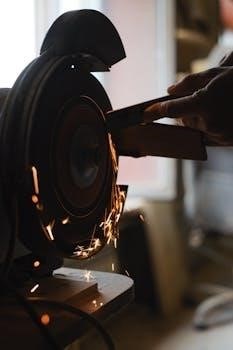
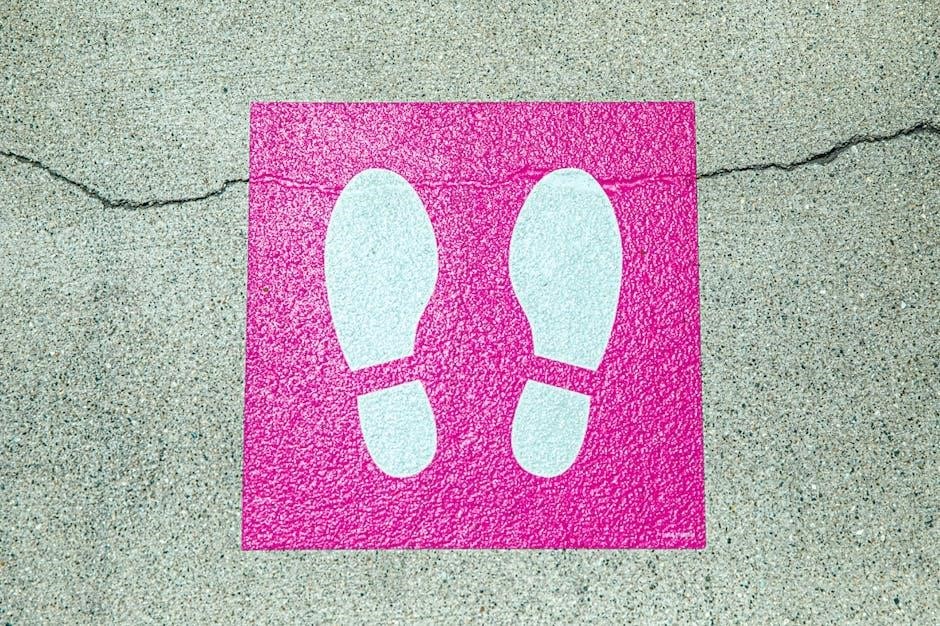

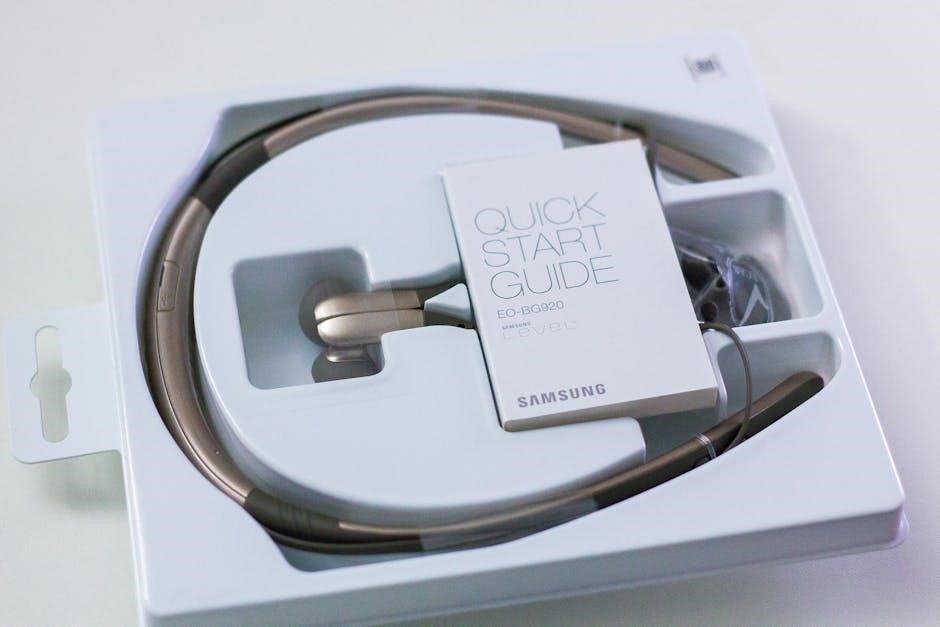
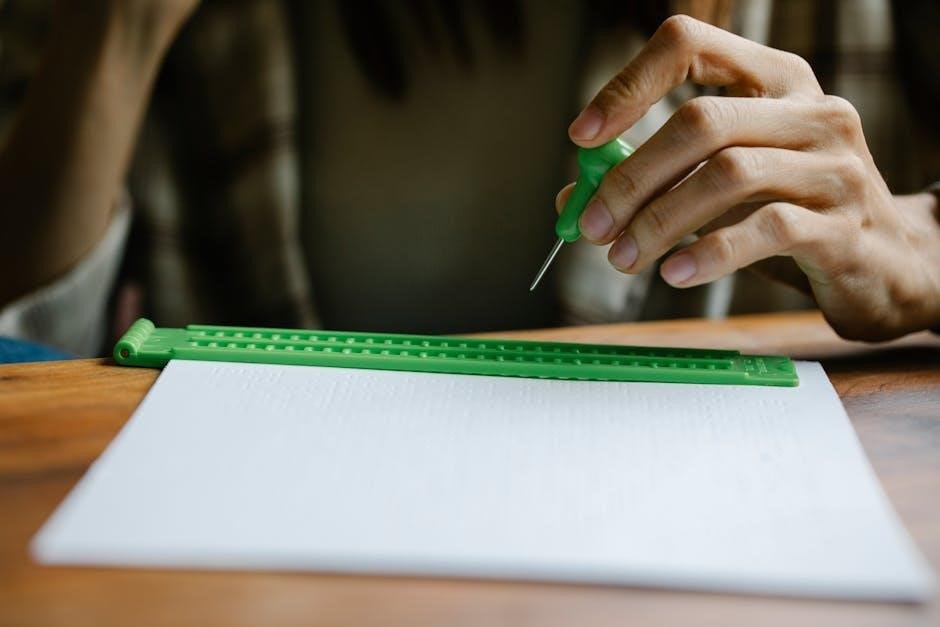





Leave a Comment